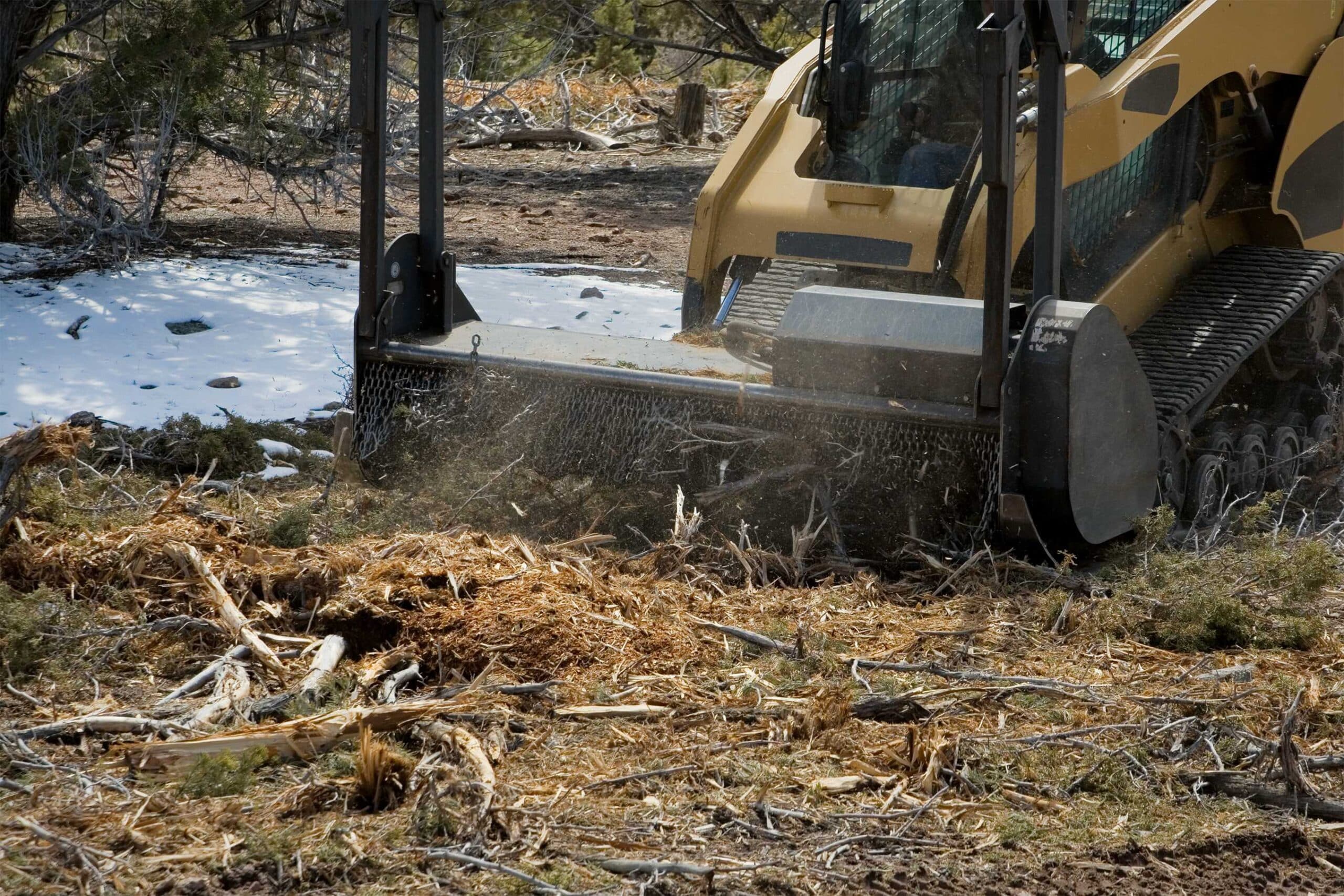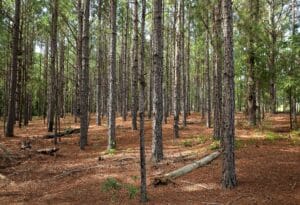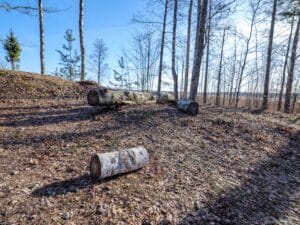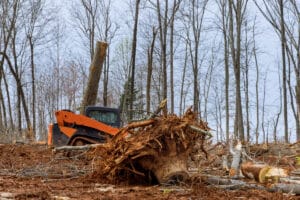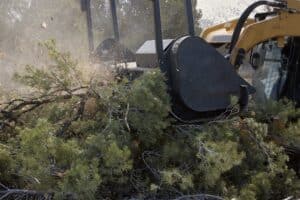Forestry mulching is a powerful and environmentally friendly way to reclaim overgrown land, prep for construction, or improve wildlife habitat. Clearing the brush is the first step, and what comes next is critical. For lasting results, you’ll want to develop a solid plan for post-forestry mulching maintenance.
At Sanctuary Forestry Mulching in Lexington, we often remind clients that the key to protecting their investment lies in proper maintenance. Let’s walk through what to expect, what to watch for, and what to do to ensure your land stays healthy, functional, and beautiful.
What Happens to Your Land After Forestry Mulching?
Forestry mulching reduces trees, brush, and vegetation down into a nutrient-rich layer that’s left on-site. This organic mulch suppresses weeds, helps prevent erosion, and feeds the soil over time. But Kentucky’s weather patterns and fertile soil don’t stay still for long. Within a few months, new growth will begin to appear, and plenty of it is not the kind you want.
That’s why land care after mulching is such an important part of the process. Whether your goal is to create pasture, build on the property, or simply open it up for better access, the maintenance you perform now will determine whether your goals take root or get overrun.
Why Is Maintenance So Important in Kentucky?
Kentucky’s seasonal climate and varied terrain come with some unique challenges. High rainfall, compact clay soils, and aggressive invasive species, like bush honeysuckle, cedar, and Chinese privet, can quickly undermine even the most thorough forestry mulching job.
Without an active maintenance plan, these issues may lead to:
- Rapid regrowth of unwanted vegetation
- Erosion on slopes or cleared hillsides
- Water runoff and drainage problems
- Missed opportunities for future land use
That’s where the right strategy, and a few Kentucky-specific tips, can make all the difference.
Step-by-Step Guide to Post-Mulching Land Management
Here’s what to do after we provide forestry mulching services to maximize the value of the work.
1. Start With a Thorough Walkthrough
Within the first week, walk the entire area and look closely at:
- The thickness of the mulch layer (aim for 2 to 4 inches)
- Low spots, slopes, or any areas prone to erosion
- Remnants of invasive vegetation that might regrow
Snap photos, make notes, and flag areas that may need further grading or mulch redistribution. Work with your mulching professional to set the stage for effective property upkeep in Kentucky.
2. Manage Regrowth Before It Spreads
A common surprise for many landowners is how quickly nature rebounds. Mulching disrupts surface vegetation but doesn’t always kill roots.
Inspect your property every few months, especially in spring and summer. If you see small sprouts or invasive regrowth, act fast:
- Pull saplings by hand if they’re young and manageable
- Use a brush cutter or a capable mower for broader coverage
- Apply targeted herbicide when necessary, but only after consulting a local expert
Forestry mulching best practices include protecting your cleared space after we complete the heaviest work.
3. Rework the Mulch Layer As Needed
While mulch helps stabilize the soil, too much of it can suffocate desirable plants or attract pests. If the layer builds to more than 4 inches in any area:
- Spread it evenly with a rake or tractor
- Remove excessive piles, especially where you plan to seed or plant
This also supports soil management after mulching to help native grasses and beneficial microbes thrive.
4. Take Action To Prevent Erosion
Kentucky’s rolling hills and red clay soils are prone to erosion, especially after the removal of heavy vegetation. To hold the land in place:
- Plant native grasses like switchgrass or fescue
- Use erosion control blankets or straw on bare slopes
- Create vegetative buffers near creeks or ditches
Monitoring water flow is a big part of post-forestry mulching maintenance. Consider drainage work if heavy rain causes pooling or severe runoff.
5. Define Your Long-Term Goals and Plan Accordingly
Your intended uses should direct your approach to maintenance.
- For pasture: Test soil, add lime or compost if needed, and overseed with native forage.
- For construction: Grade the land, remove stumps, and stabilize the site.
- For habitat restoration: Replant native shrubs or trees, and manage pathways.
6. Keep Access Roads and Trails in Shape
Temporary roads used during mulching can become permanent assets with some follow-up. To maintain them:
- Add gravel or grass seed for durability
- Keep rights-of-way trimmed to prevent woody regrowth
- Check for drainage problems after heavy rain
Reclaim Your Land and Keep It Thriving With Sanctuary Forestry Mulching
Forestry mulching gives your Kentucky property a fresh start, and what you do next makes all the difference. With a little planning, consistent post-forestry mulching maintenance, and help from our local experts, your land can thrive for years to come.
Contact Sanctuary Forestry Mulching at (859) 800-2979 or contact us online for a free quote, and let’s get started on your project!

